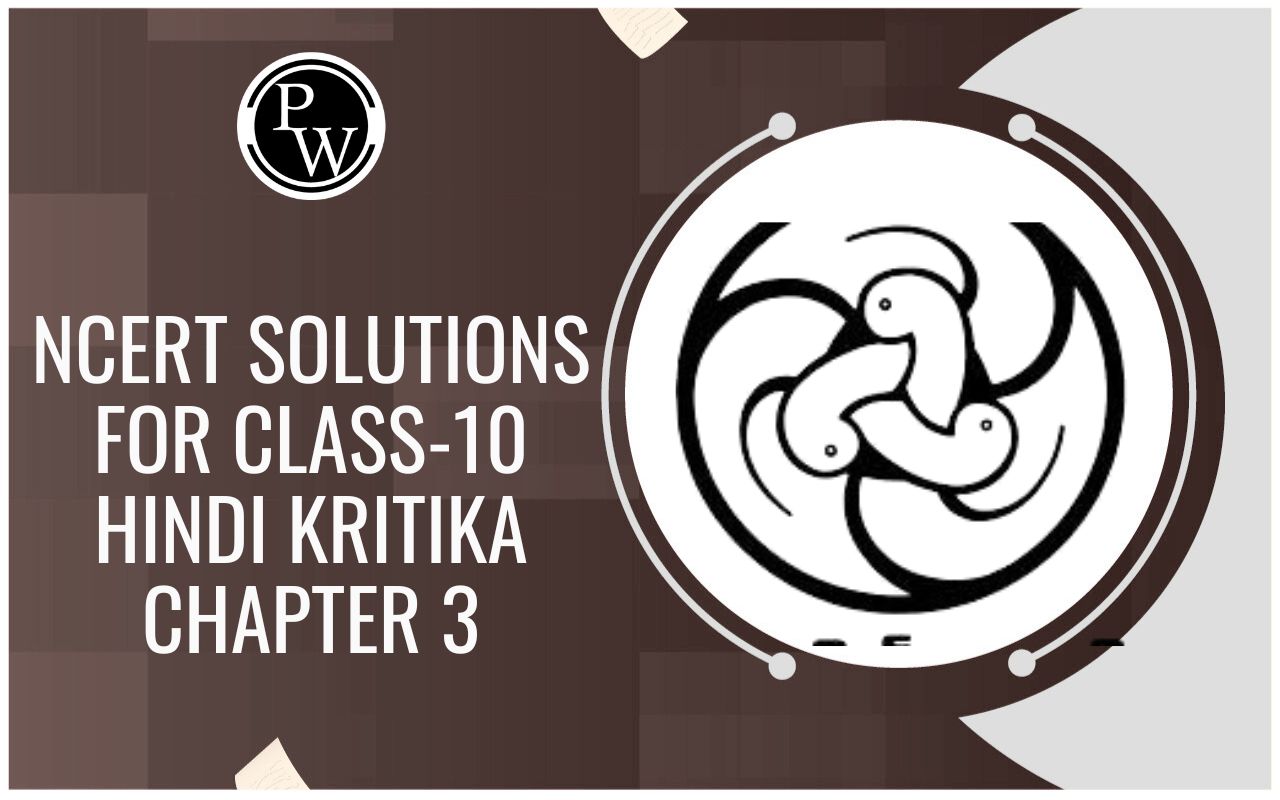
If you want to know the essential mineral elements. Then, you are at the right place.
In this article, you will learn about essential mineral elements, their types, and examples in detail. Why do we call them essential, and why are they required essentially? You will also learn how plants will get these elements. We will briefly define essential mineral elements, their identification criteria, types, functions, and deficiencies. This article aims to provide a brief overview of how essential elements are determined, absorbed, and function and essentiality they have in plant growth and development. I suggest reading the introduction if you do not have time to read all the information.Related Links -
Introduction
All living organisms have basic needs that help their growth and development. Plants also require nutrients to grow well. Plants absorb soil water, nutrients, and minerals for proper growth and reproduction. The various kinds of plants absorb many specific crucial mineral elements. Micronutrients and macronutrients are the types of essential elements that are absorbed from the soil based on their amounts. They are vital for plant growth as they are involved in plant metabolism, and any mineral deficiency can cause various effects on the plant.Environmental Issues and Solutions
Identifying and Determining Essential Mineral Elements
Essential mineral elements were identified by hydroponics, where plant growth is regulated in a nutrient-rich media. The media solution includes various minerals to check which plants need to grow. Out of 105 discovered mineral elements, approximately 60 mineral elements are present in various plants. The determining criteria are- The element should be crucial for a plant's growth. In its absence, the plant cannot grow and perform vital functions, leading the plant not to complete its life cycle.
- The element is required specifically by the plant, and its need cannot be replaced by some other element, meaning that any other mineral providence cannot compensate for the deficiency caused by a specific mineral.
- The element directly influences the metabolic activities of the plant.
Types of Essential Mineral Elements
Based on the number of essential elements that the plant requires. They are divided into two basic types, which are as follows: Macronutrients are the ones that are required in large amounts by plants. They are found abundantly as their requirement is high. These comprise carbon, hydrogen, oxygen, nitrogen, phosphorous, sulphur, potassium, calcium, and magnesium. Micronutrients are the ones required in very minute amounts by plants. They are found in fewer quantities as their requirement is low; thus, they are called trace elements. Iron, manganese, copper, molybdenum, zinc, boron, chlorine, and nickel. Based on their function, they are also divided into four categories:- Essential elements as a part of biomolecules.
- Essential elements as a part of energy-linked chemical compounds.
- Essential elements involved in activating and inhibiting enzyme-linked reactions.
- Essential elements involved in altering the osmotic cell potentials.
Entamoeba Histolytica Life Cycle
Absorption and Functions of Essential Mineral Elements
Absorption of essential mineral elements is through two different processes:
Passive- The movement of ions is along the concentration gradient, hence named passive absorption. The movement happens through ion channels and transmembrane protein channels acting as selective transport pores. The ions are rapidly taken into the outer space of cells. It is called apoplast. Active- The movement of ions is against the concentration gradient, hence named active transport. Energy is required to process such types of absorption. The ions are slowly taken into the inner space of the cells. It is called symplast.The functions of essential mineral elements are
- They help form the plant body , and some essential elements help make up the structure of the plant, like N and S. Other elements, like Fe, are present in cytochromes.
- The osmotic potential of a plant cell sap is determined with the help of essential elements by regulating the cell’s fluid content.
- The presence of mineral elements also affects cell membrane permeability as they have cations and anions
- Various elements, like copper, iron, and zinc, also speed up the metabolic reactions enhancing the catalytic activities .
- Regulation of toxic minerals by balancing their effect is another function of minerals elements.
- Mineral elements influence the buffer system of plants as upon absorption from the soil, they affect the ion concentration of cells and also regulate the pH of the cell sap.
- The transportation of substances across the phloem to different parts of the plant is regulated by mineral elements like boron and potassium.
Role of Essential Mineral Elements
Nitrogen - It is required abundantly by the plant in the maximum amount as it is found in all plant parts as a key component in meristematic tissues and active cells. It contributes to organic compounds from proteins, vitamins, nucleic acids, etc. Phosphorus - cell membranes, nucleic acids, and some proteins have phosphorus. The elements also aid in phosphorylation reactions. Magnesium has enzyme-activating properties for certain processes like respiration and photosynthesis and is also a part of chlorophyll pigment. It is also found in the DNA and RNA content of plants. Calcium - The plant requires it to regulate the functions in dividing and meristematic cells. It helps in the proper function of the cell membrane and is greatly involved in cell division activities like synthesising cell walls and forming mitotic spindles. Potassium - Plant parts such as the leaf, bud, root tip, and meristematic tissue comprise this mineral in higher amounts. It regulates the ionic balance of membranes, closure and opening of stomata, synthesising of proteins, etc. Zinc - It helps activate many enzymes (eg, carboxylases) and initiate their functions in the plant body.Double Fertilization In Angiosperms
Deficiency and Toxicity
Deficiency:
Any mineral deficiency occurs when its uptake is less than required. It affects the plant's growth and lowers other activities essential for its sustenance. Critical concentration is the minimum concentration below which plant growth is hindered. Deficiencies lead to many physical symptoms in the plant, termed deficiency symptoms. Every mineral deficiency can lead to a different symptom, which may disappear once the requirement is met. Although, if the deficiency symptoms remain persistent, it may cause plant death in such cases. The symptoms occur in older leaves of the plant because the young leaves receive actively mobilised elements for their development. For example, N, K, and Mg deficiencies will initially appear in senescent leaves. The leaves having these elements in the biomolecules will break down to transport the elements to younger developing leaves. The minerals that cannot be transported from mature organs to other parts show the symptoms initially in young tissues. For example, Calcium and sulfur. The deficiency symptoms appear as stunted growth, delayed flowering, tissue death, etc. These are as follows: Chlorosis occurs when the deficiency of the elements like N, K, S, Fe, Mg, Mo, Mn, and Zn can cause the leaves of the plant to lose the chlorophyll pigment in them, which resultantly makes the leaves yellow.- Necrosis occurs when Ca, Mg, K, and Cu deficiency leads to tissue death, mainly affecting the leaf tissues.
- N, K, S, and Mo deficiency has shown that it drastically inhibits cell division.
- When the plant is deficient in N, S, and Mo, it generally shows a delay in flowering.
Epidemic and Pandemic Diseases
Micronutrients Toxicity:
Only a small concentration range is optimum for these elements. A moderate nutrient increase above the optimum value can lead to its toxicity. Mineral concentration decreasing the plant's dry weight by ten per cent is toxic. However, the toxicity level differs for every plant element, so their symptoms are hard to detect.Related Links-
Essential Mineral Elements <span style=
Q1- What are micronutrients? Explain by giving some examples.
Ans- Micronutrients are required in minute quantities, i.e. less than 10 mmol/kg of dry matter. These are also termed trace elements since they are found in very small amounts. Examples include iron, manganese, copper, molybdenum, zinc, chlorine, nickel, and boron.
Q2- The deficiency of which essential elements will cause leaf yellowing. What is it called?
Ans- When a plant lacks elements like N, K, Mg, S, Fe, Mn, Zn, and Mo, it can cause its leaves to lose the green pigment called chlorophyll, and the leaves appear yellow. This condition is called chlorosis.
Q3- How do essential elements have a role in forming the plant part?
Ans- The essential mineral absorbed by the roots forms the key components of plant cells. The biochemical composition of plants reveals the existence of essential elements. Plant protein has nitrogen and sulfur, phosphorus can be found in nucleic acids, and magnesium is in chlorophyll.
Q4- Which methods help identify essential mineral elements of plants?
Ans- Hydroponics is a method that includes growing plants in a nutrient-rich liquid and not in soil. Plants are placed in different solutions by adding and eliminating certain mineral elements to check for their essentiality.
🔥 Trending Blogs
Talk to a counsellorHave doubts? Our support team will be happy to assist you!

Check out these Related Articles
Free Learning Resources
PW Books
Notes (Class 10-12)
PW Study Materials
Notes (Class 6-9)
Ncert Solutions
Govt Exams
Class 6th to 12th Online Courses
Govt Job Exams Courses
UPSC Coaching
Defence Exam Coaching
Gate Exam Coaching
Other Exams
Know about Physics Wallah
Physics Wallah is an Indian edtech platform that provides accessible & comprehensive learning experiences to students from Class 6th to postgraduate level. We also provide extensive NCERT solutions, sample paper, NEET, JEE Mains, BITSAT previous year papers & more such resources to students. Physics Wallah also caters to over 3.5 million registered students and over 78 lakh+ Youtube subscribers with 4.8 rating on its app.
We Stand Out because
We provide students with intensive courses with India’s qualified & experienced faculties & mentors. PW strives to make the learning experience comprehensive and accessible for students of all sections of society. We believe in empowering every single student who couldn't dream of a good career in engineering and medical field earlier.
Our Key Focus Areas
Physics Wallah's main focus is to make the learning experience as economical as possible for all students. With our affordable courses like Lakshya, Udaan and Arjuna and many others, we have been able to provide a platform for lakhs of aspirants. From providing Chemistry, Maths, Physics formula to giving e-books of eminent authors like RD Sharma, RS Aggarwal and Lakhmir Singh, PW focuses on every single student's need for preparation.
What Makes Us Different
Physics Wallah strives to develop a comprehensive pedagogical structure for students, where they get a state-of-the-art learning experience with study material and resources. Apart from catering students preparing for JEE Mains and NEET, PW also provides study material for each state board like Uttar Pradesh, Bihar, and others
Copyright © 2025 Physicswallah Limited All rights reserved.









